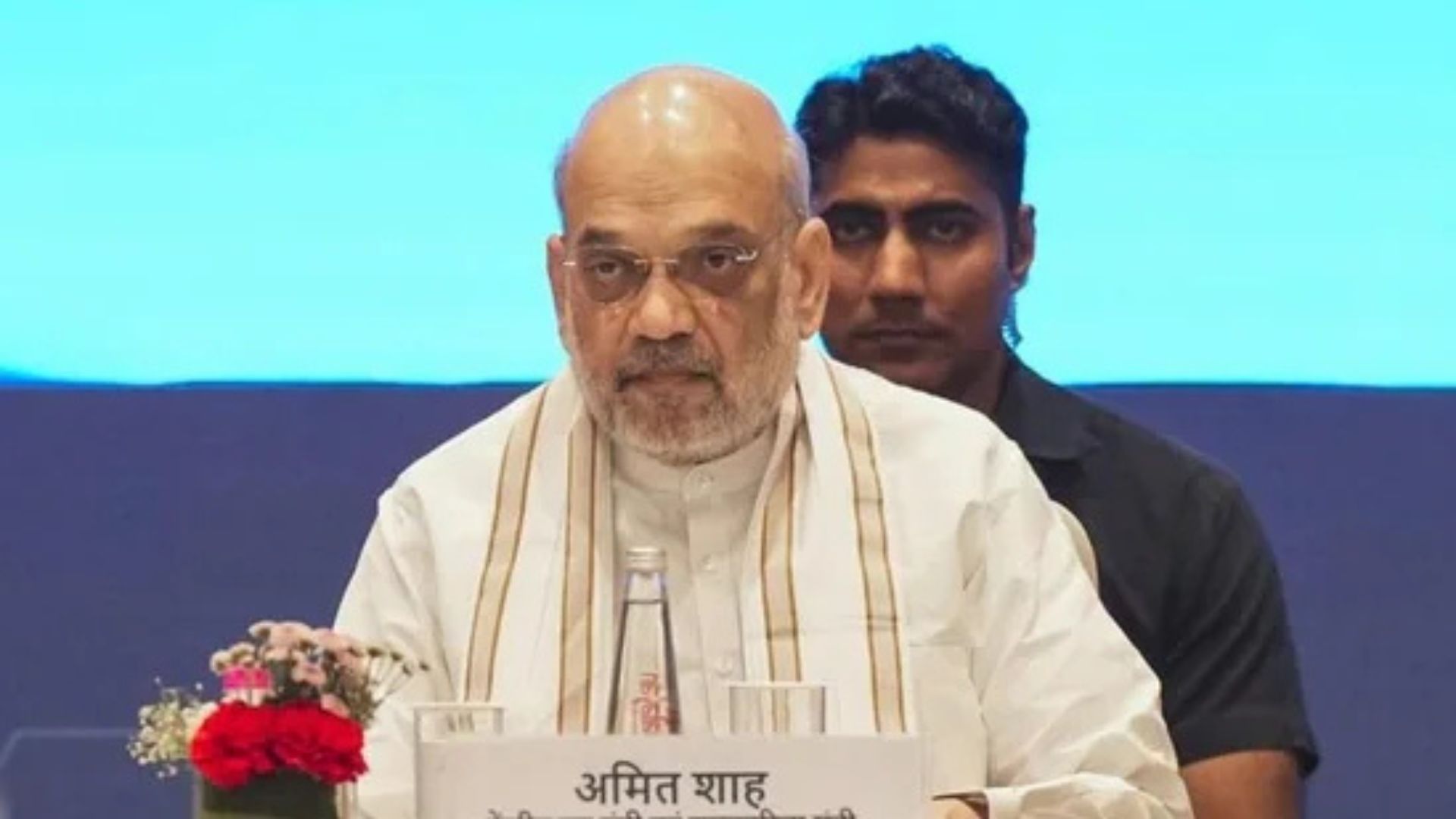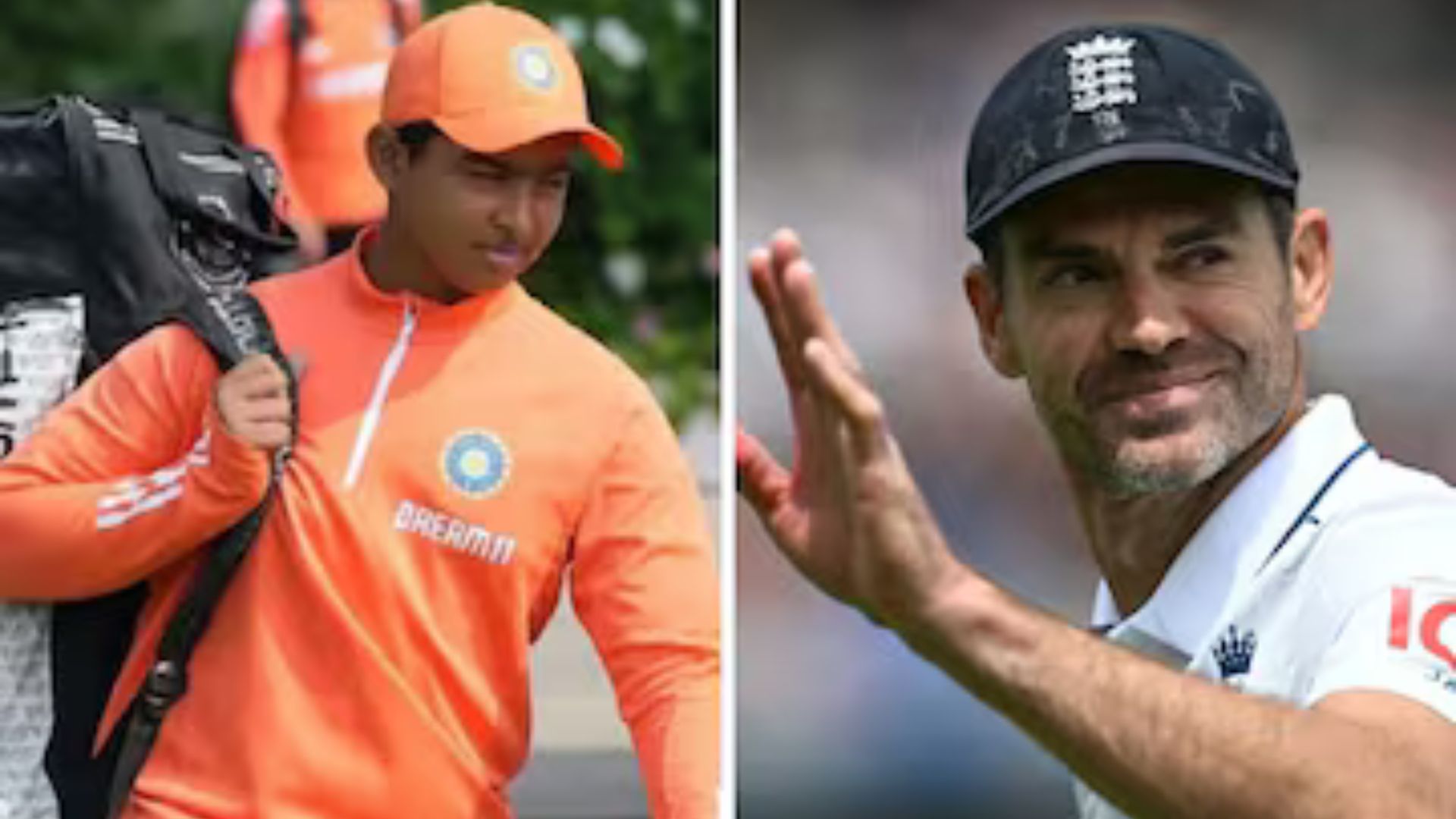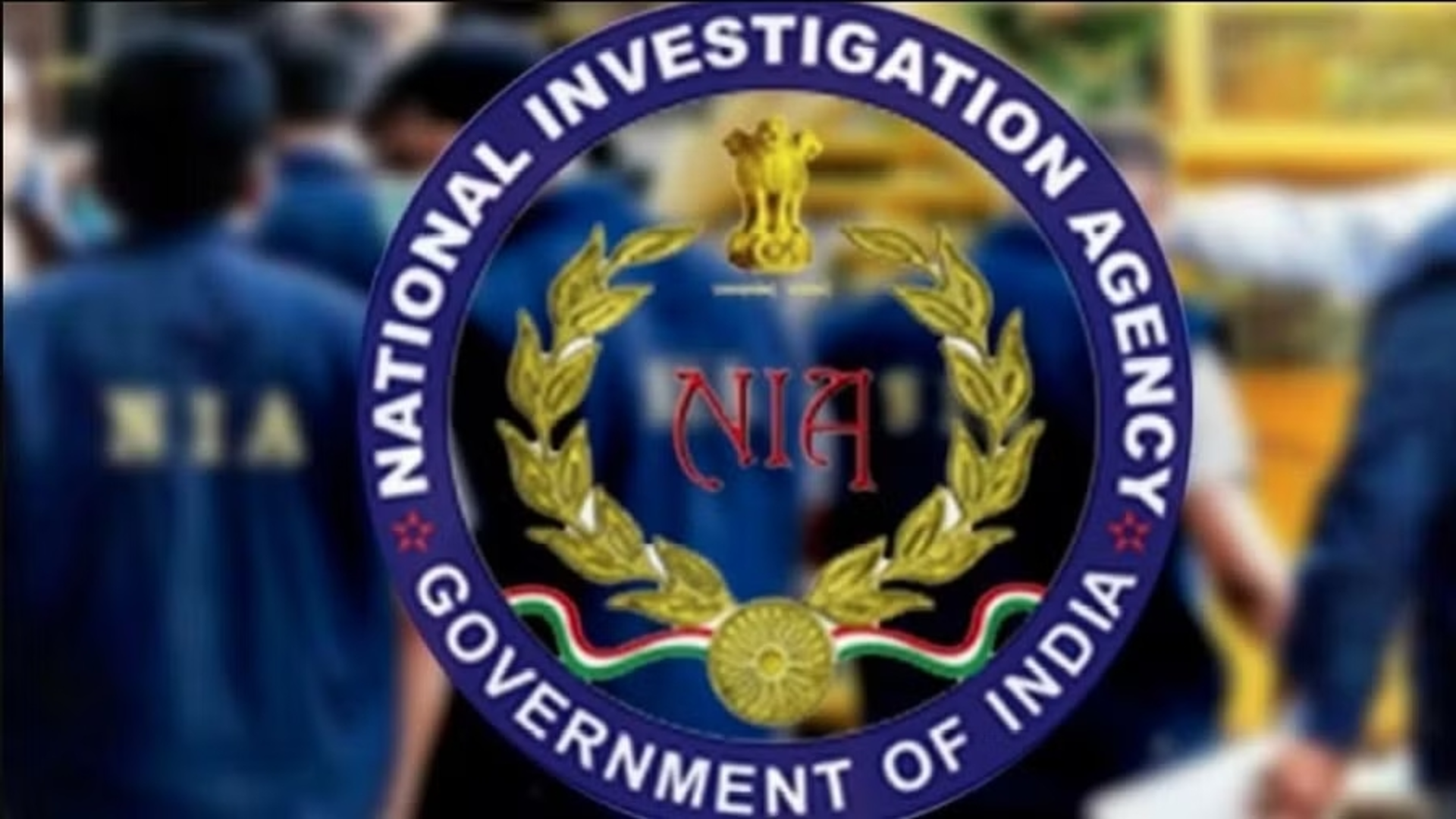
“You never change things by fighting the existing reality. To change something, build a new model that makes the existing model obsolete.” — Buckminster Fuller
Our rape laws have undergone several changes over the years. In 1860, the Indian Penal Code, under Section 375, made punishable an act of sexual intercourse by a man with a woman without her consent. The punishment also extended to include sexual intercourse when her consent was obtained by putting her or any person in whom she is interested, in fear of death or hurt. Sex, without the consent of the girl, under the age of 18 was considered as rape. The punishment was seven years in jail to life imprisonment.
Over the years, as cases increased, our laws evolved to meet those situations. The development has mainly been in our understanding of the concepts like “burden of proof”, “consent” and “force”.
With time, debates on gender-neutral rape laws, stricter punishments for sexual violence against minors, and inclusion of offences such as stalking, disrobing, and voyeurism against women within the definition of rape also increased. The 2013 Criminal Law (Amendment) Act, and the 2018 Criminal Law (Amendment) Act were pathbreaking and watershed moments for Indian Criminal Law in this context.
These reforms to rape laws also changed the way we understood the offence of rape and helped bring the discussion on the crime out in the open. Public outrage and media attention on a few cases in the recent past led to the politicization of the crime. Harsher Punishments, change in the laws on Presumptions, and increased strictness against those accused, have followed as a usual consequence.
However, it remains a reality that crimes against women and sexual violence hasn’t stopped. They have infact increased. Reports even claim that rape is one of the fastest-growing crimes in India. The number of cases has doubled in the last two decades. The heinousness of these crimes and the ghastly nature in which they are committed has become a growing concern. We are in a very serious situation now more than ever!
Misplaced Outrage
The fact that Rapes, aggravated sexual violence, and other such offences have only increased despite stricter laws is ample proof of the fact that we haven’t done enough and that our outrage, including our solutions, has been misplaced.
Two things come to mind – Firstly, we have historically looked at curbing rape as a consequentialist obligation of the state. In that, we have concentrated more on how to provide for stricter punishments, speedy disposal of cases by fast track courts, curbing delays, and improving our investigative mechanisms, etc. All this, once the offence has already been committed. Incorporating theoretical Deterrence and instilling fear has been our major achievements through these reformative decades.
Secondly, we have done all kinds of analysis of offences relating to sexual violence but haven’t done enough research or allowed enough research on the Sociological Study of these offences. Very little data seems to be available. This is primarily because we fear that doing so might reveal our insecurities and unleash our vulnerabilities wide open. A sociological analysis of rape brings us to terms with intersectional issues of crimes, engendered violence, and institutional perpetration of sexual assault. It challenges our definition of masculinity and shows how our response is entirely prejudiced and that solutions can only be found if we can radically challenge how almost every institution within the state functions. Moreover, laws on sexual violence have paid no heed in identifying the stakeholders they cater to nor have they attempted to understand who they are supposed to be dealing with.
A CDCP-Public Health Approach
The above two factors show that our Laws on Rape haven’t answered the tough questions and we believe that they won’t answer anytime soon. The Center for Disease Control and Prevention in the US came out with a report which they called ‘Public Health Approach to Violence Prevention’. The approach theorizes a four-step solution to curbing violence. Firstly, Define the Problem. Secondly, Identify the Risk and Protective factors. Thirdly, Develop and Test Prevention strategies, and Fourthly, Assure widespread adoption of the strategy.
Defining the Problem
At the outset, allow us to point out that defining the problem of rape in India is a problem of identifying the right stakeholders and ensuring that our solutions meet the unique difficulties that these stakeholders present before us.
We have, until now, followed a consequentialist approach to solving this problem, which, as we argue in the following lines, is inherently flawed. It is because, while doing so, you are, infact, waiting for the disease to come to you only then the subsequent treatment follows. Whereas, the non-consequentialist approach is the opposite. It advocates for encouraging healthy lifestyles so that the disease doesn’t come to you in the first place. The Non-consequentialist Approach can also be termed as the Developmental Crime Prevention (DCP) approach as formulated in the Tonry and Farrington’s Typology (1995). The typology goes on to distinguish between different kinds of crime prevention methodologies. The DCP approach essentially states that, by means of early intervention, developmental crime prevention seeks to address the ‘early causes of criminality’. Infact the entire Tonry and Farrington’s Typology, to a large extent, takes a non-consequentialist stance on crime control and prevention.
Identifying Stakeholders
The task of identifying our stakeholders seems fairly simple at the start. There are essentially three stakeholders – the Accused, the Victim, and the Institutions as a whole who are directly or indirectly related to the administration of justice within the context of the given offence. Simple, Right! But it is the challenges posed by these stakeholders that present to us the difficulty in defining the problem.
Firstly, the Accused – from habitual offenders to lowermiddle-class unemployed men with their hyper-violent notions of masculinity to men higher up in the power structures followed by those who are conditioned to look at women as status-enhancing commodities to those who have faced physical violence and reassert their masculinity as a vicious cycle by further perpetuating it – all of them pose different challenges to the existing system. Violence, for many of these men, functions as a means to asserting and securing power. Many of them, are not deterred by fear, and few know how to get away with the system. Few have innocent victims who are either minors and do not understand the nature of the act they are being subjected to, and the others are physically and mentally disabled to even raise their voice.
This also goes on to show the intersectional issues that exist among the victims as well. Cases of sexual offences against children/minors are increasing, who do not even know what they are being made to go through. Many others are stopped from complaining due to societal backlash. Behavioral biases and caste-based discrimination exist and therefore cannot be ignored. Victims of offences like revenge rape and marital rape pose new challenges to the existing system that refuses to acknowledge them as victims of sexual violence.
Harassment is more acute in service and low-wage industries. These are the victims whose income reflects their vulnerability. When Survivors of rape go back to society, they are made to meet with a new kind of difficulty.
The famous lines of Justice Krishna Iyer in the Boddhisatwa Gautam case (1996) when he said that “a rape survivor, when rehabilitates herself in a society, the society looks down upon her in derision and contempt.” He further said, “to many feminists and psychiatrists, rape is less a sexual offence than an act of aggression aimed at degrading and humiliating women. The rape laws do not, unfortunately, take care of the social aspect of the matter and are inept in many respects.”
Furthermore today, we do know with the kind of data that is available, that there is a new class of victims of sexual offences. The LGBTQ+ community including men and young boys in many instances themselves are unsafe. The family of the victim and the accused are equally victims in our study.
The question, therefore, posed before the third stakeholder is this – Do we have adequate mechanisms in our Institutional Framework, to bring to our attention every single offence of sexual violence that takes place within our jurisdictions? Statistics show that the Police are more inclined to shrug off a case especially by a woman, terming it as fake. Our Institutions have developed the so-called “Victim blaming culture”. The situation is even more precarious when Dalit women and those already on the wrong side of the social divide, approach the criminal justice administration to seek remedies in such kinds of offences. Many women who report their cases, pull out at the stage of the investigation itself, mainly because of the unpleasant experiences they and their families are made to go through.
Infact, the Karnataka High court in a recent judgment while remarking on a rape victim who claimed to have slept after the act, went on to state, “(this is) not the way our women react when they are ravished”.
So, have we defined the problem? The direct answer is No. However, we do know who we are dealing with. That we are dealing with a bunch of men who are not deterred by the Institutions that we have built. This, inspite of the stricter and harsher punishments. We do know that our victims are way more than we know and think we know. We also know that our laws don’t have definitive solutions for the unique problems posed by each of these stakeholders. We know that our institutions have perpetrated sexual violence in the years that have gone by and this is because of how we allow them to function. So, we haven’t defined the problem. But we have certainly outlined a set of issues that will help us in the next step.
Identifying the Risk and Protective Factors
The moot point is, have our institutions looked at the intersectional issues of rape, and have they studied Gender as a social structure? Have we made our media organizations literate and more sensitized towards these crimes? Have we re-examined and reimagined masculinity and taught this in our curriculum at schools? We are all taught in grade four during moral science classes that we shouldn’t commit theft, are we taught we shouldn’t commit rape?
Have we promoted such social norms or taught skills to prevent sexual violence? We haven’t provided opportunities for empowerment to both the accused as well as the victim. We have instead made our victims look weaker – both socially as well as legally. This doesn’t help create a protective environment. Support for our victims post such incidents is only symbolic.
As a nation, we seem to be least affected by the development that rape is now increasingly Political and that this is concerning. We have made absolutely no development in the last 73 years when it comes to removing structural and institutional biases or barriers against women and Trans communities. Our public outrage has been completely misguided in so far as it is focused entirely on demanding the hangings of those convicted and ensuring speedy disposal of cases to ensure speedy justice.
But, does this allow for the empowerment we have been searching for? Does this allow for the safety and security that a person should feel while they are out on the street alone at night? Have we created safe spaces for women, children, and minors who are our stakeholders?
Our risk factors are therefore Legal, Social as well as Political. As stated above, they simply contribute to increasing the likelihood of a person becoming a victim or someone becoming a perpetrator of violence.
It is important to point out again and again that our rape laws don’t answer these situations because it isn’t their duty to do so. And that’s what makes them obsolete because they function as a singular weapon with an illusionary sense of superiority.
Protective factors and Prevention Strategies
Devising preventive strategies isn’t an easy job. Infact many worthy men, women, and organizations have already attempted to chart out the plans in which we must deal with such crimes. Criminologists, Psychologists, and Psychiatrists have spent their lives trying to understand why rapists do what they do. There is no definite answer to this. But, as we have pointed out, one thing that appears to be a common conclusion in all of these researches is that we need to change the way we deal with rape.
We can start with the three most radical changes. Firstly, Defund the Police and create alternate organizations which can be excessively funded. Secondly, strengthen the family and educational institutions, and Thirdly, take effective steps to empower the stakeholders.
Defund the Police
When accountability is a matter of life and death – widespread corruption, lack of empathy, dishonest destructors of evidence, incompetent prejudiced and patriarchal, failed record in the prevention of sexual violence and abuse of power are the major achievements that our police forces have been known for. Our NHRC and NCWs are toothless and are filled with Former Police officers, judges, and bureaucrats who look at the organization as their postretirement scheme.
In such a situation, it is high time that a sensitive and more empathetic institution needs to be built. Community Prevention Centers (CPCs) could be a step in the right direction. These CPCs will be parallel organizations working in Police Jurisdictions and would constitute of members who are – Sociologists, psychiatrists, psychologists, women activists, feminist groups, NGOs working in Child welfare programs, and other such support groups. Now, these support groups would, under CPCs work as a branch of the state.
As optimistic as this might sound, but excessively funding these alternate organizations and bringing them under the same roof in the form of a CPC would empower those groups whose approach to prevention of sexual violence has been completely non-consequentialist. This is because they consist of members who are more suitable for tackling the prevention of such offences in terms of their education, training, and structural efficiency. They are also more trustworthy when it comes to reporting offences and integration of survivors within the society.
Doing away with the existing model of laying this burden on an inefficient police system is the need of the hour. The “male supremacist theory” which holds men and police officers guilty of perpetrating such offences can and should no more be made the same institutions where victims go to seek justice.
Strengthening Family and Educational Institutions
Devaluation of women must end. It must end in our culture and our religious traditions. It must be erased from our history and our laws. We must end the culture of looking at women and children the way we do i.e. as weak. This will happen only when you break free the set norms of gender. Gender sensitization, teaching about sexuality, educating children about the institution of marriage, abortion, calling for ending the victim-blaming culture and rape jokes, and setting new notions of masculinity can only be done by Families and Educational institutions right from the foundational stages of academic curriculum. These subjects need to be added within our academic framework.
Empower Stakeholders
Empowering the stakeholder – i.e. either the ‘to be perpetrators’ of such crimes by identifying them in their vulnerable geographical areas and groups or, the victims of such crimes by rehabilitation mechanisms is an important step in helping change mindsets. Empowering CPCs, stopping any categorization of the crime (such as legitimate rape, real rape, date rape, marital rape, etc.) and defining the crime simply as an act of sexual violence against anyone without consent would educate and thereby empower those exposed. We also need to end the ban culture. The culture of banning porn, late-night shows, and anything that supposedly assists in the commission of the offence is merely getting away with taking any kind of responsibility as a system.
The attempt we make in this piece is to lay down an alternative framework to the status quo that exists. We don’t claim that this framework is full proof or exhaustive. There ought to be problems within this typology as well. However, we strongly believe that a consequentialist approach to dealing with rape will only make our prisons more crowded but will not assure or even attempt to assure safety to women, children, and others. This is because of the challenges that different kinds of stakeholders pose to our systems. A sociological approach tailored to meet specific situations by initiating early and appropriate interventions by building new models and doing away with the defunct ones should be the ideal way to go.














